|
Sticking to an exercise program is difficult no matter who you are, but if your current weight puts you in the "morbidly obese" category, starting a new routine can come with some additional, unexpected challenges. While issues that plague all exercisers—like finding the time to sweat, discovering activities you enjoy or generally feeling out of shape—will arise, those with a significant amount of weight to lose might also struggle with finding exercises they can comfortably perform or those that can be done without having to get on the floor. If you're doubting your capabilities or think there's no way you can start exercising, know that you're wrong. Despite any insecurities or challenges, the benefits of regular activity far outweigh any of the negatives. You just have to take that first step to get started. The National Institutes of Health define clinically severe obesity, or morbid obesity, as
Where to Start?The first place to begin is with your doctor to get the "all-clear" before starting any exercise program. Once they've given you the green light, make sure you're prepared with proper footwear, comfortable workout clothes and a positive attitude to keep you motivated and going strong. A well-rounded exercise program contains both cardio and strength training workouts. Walking, water exercise and stationary biking are all low-impact cardio options that are easy on the joints, which is an important consideration if you have a lot of weight to lose. By starting with a few minutes, a few times a day, you can quickly build endurance to try longer workouts as you become more fit. If standing is an issue, SparkPeople's Limited Mobility Lifestyle Center has both cardio and strength workouts that can all be done from a seated position. Depending on how you carry the excess weight, some seated exercises can be difficult. The strength workout below contains both standing exercises that can be done using a chair for balance and seated exercises that are comfortable for an exerciser of any size. Use this full-body strength program twice a week, starting with one set of each exercise (eight to 12 repetitions per set) and building up to two or three as you begin to need more of a challenge. Combine this with regular cardio exercise (starting with three days per week) and a healthy diet, and you'll be on the right track to reaching your goals! A Full-Body Strength Workout for All SizesEquipment needed: chair and a set of dumbbells Wide Leg Squats with Dumbbell: This exercise targets your quadriceps, which give you the strength to get up and down from a chair with ease. If balance is an issue, forgo the dumbbell and put a chair (facing out) in front of you. Hold on to the back of the chair lightly for balance. Only go as far as your body will allow without pain. 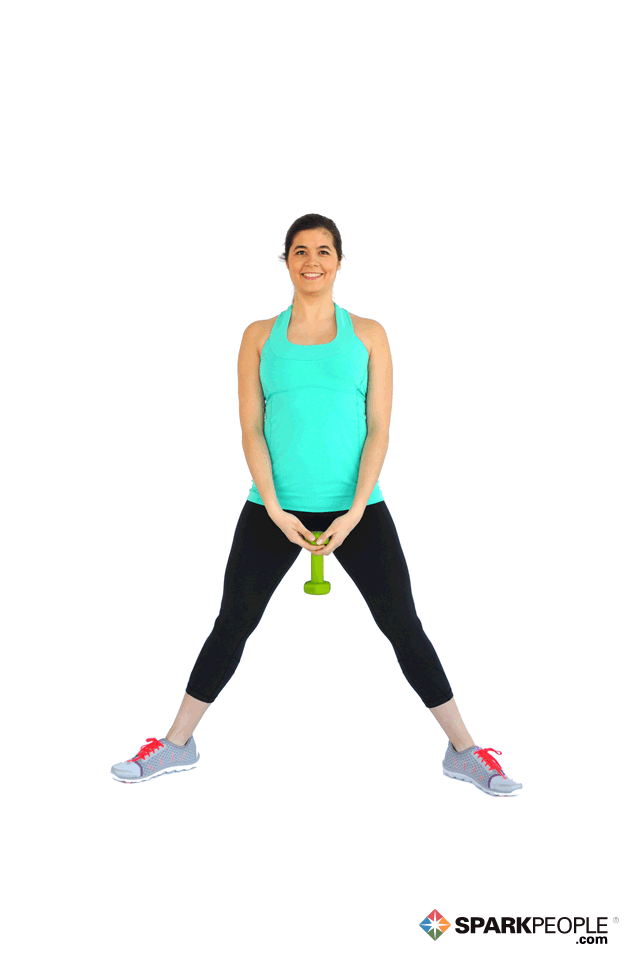 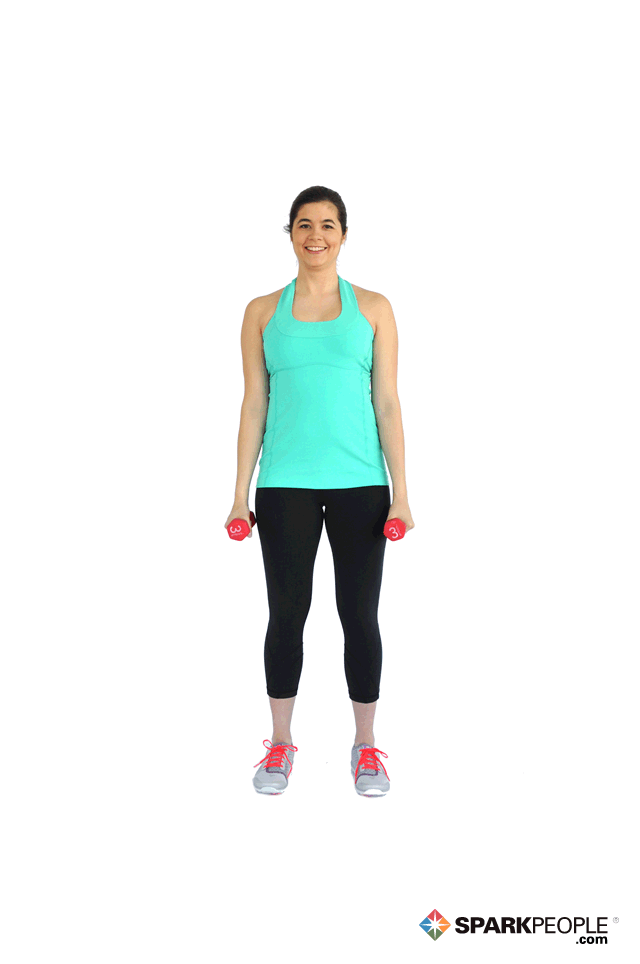 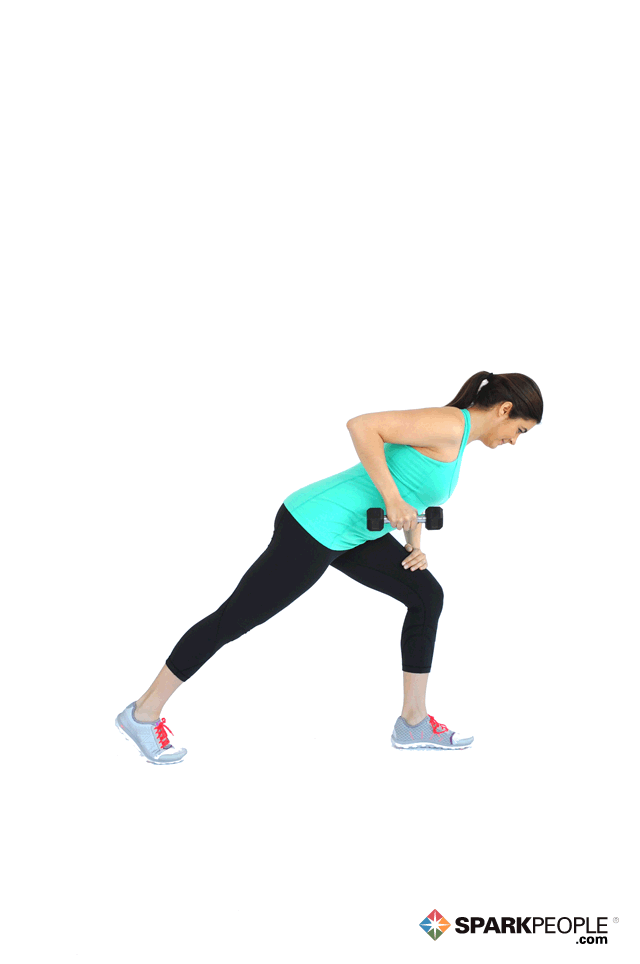  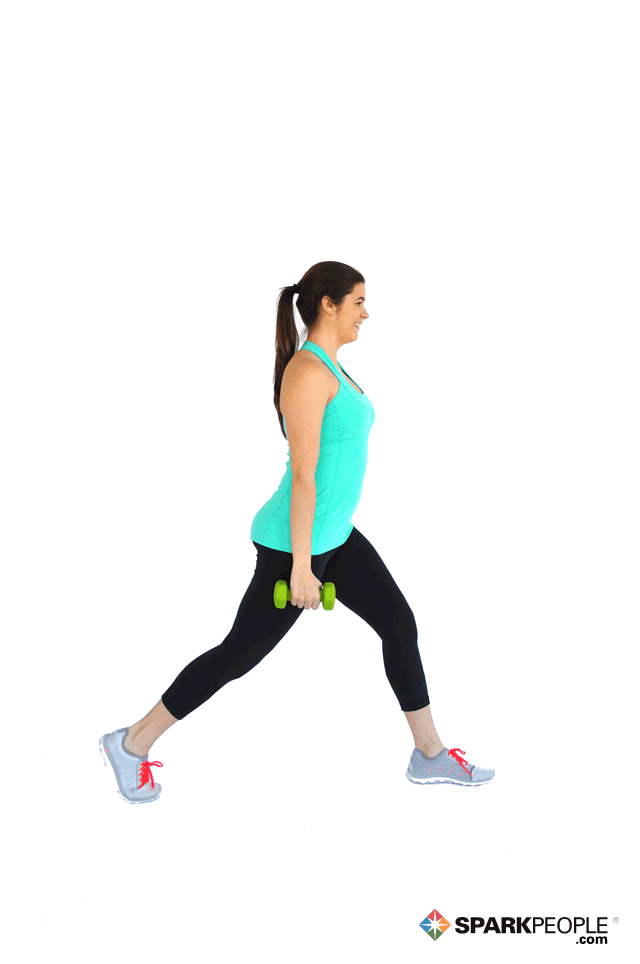 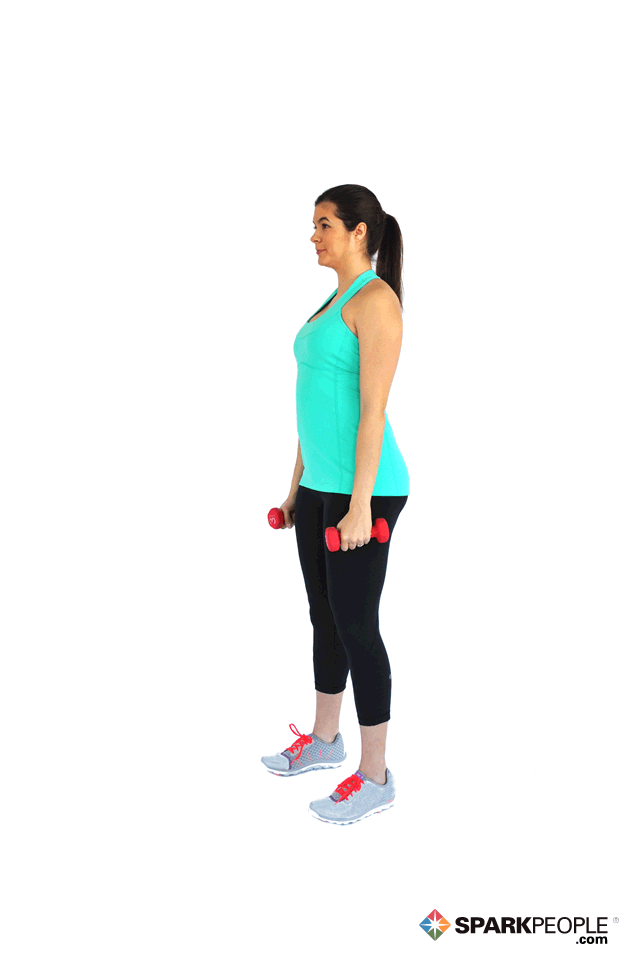 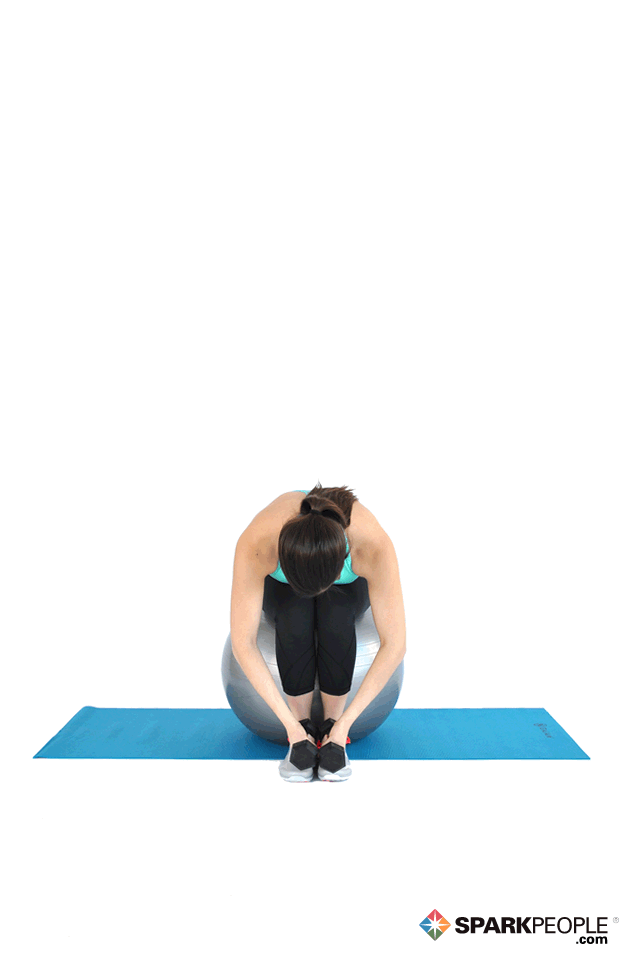 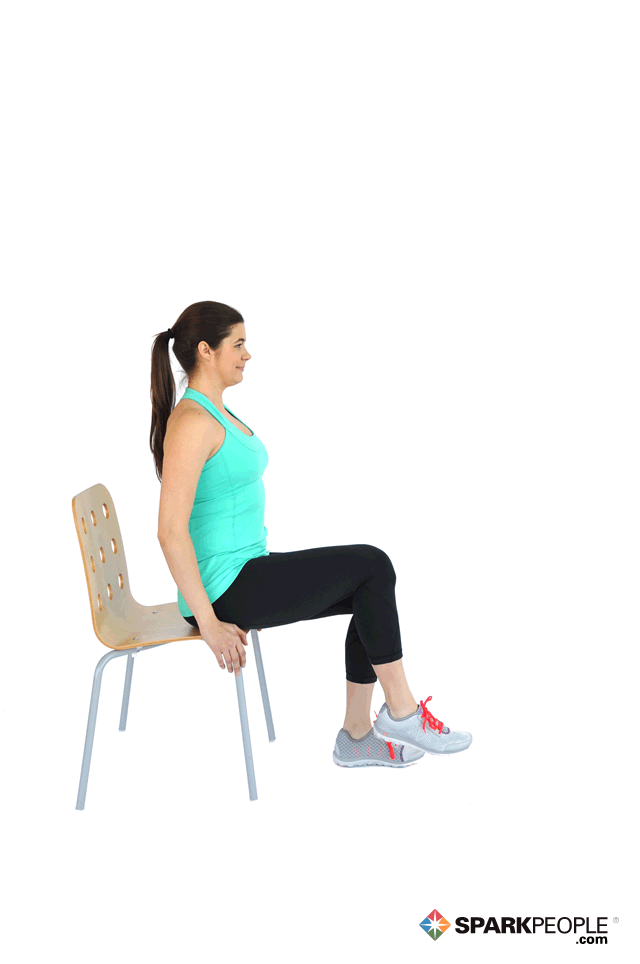 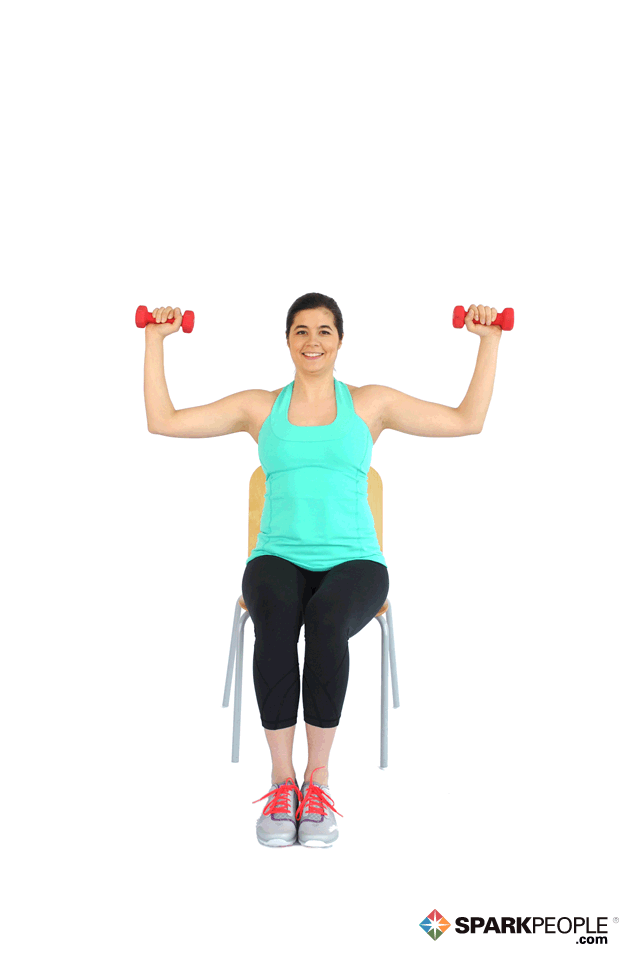 If one set of each of these exercises is too much, start with just a few of them or decrease the number of repetitions. If 10 minutes of cardio exercise is more than you can handle, start with less time. The important thing to remember is that something is always better than nothing. If you can get into a consistent routine, you'll quickly see your fitness level improve. Even small amounts of exercise add up when it comes to weight loss and your overall health. Don't let your weight hinder you from working toward something you truly want to achieve. Finding activities you enjoy and establishing habits you can live with forever make it easier to stay consistent. Don't be afraid to modify as needed, take it one day at a time and eventually, you'll reach all the health and fitness goals you've been hoping to achieve! |






